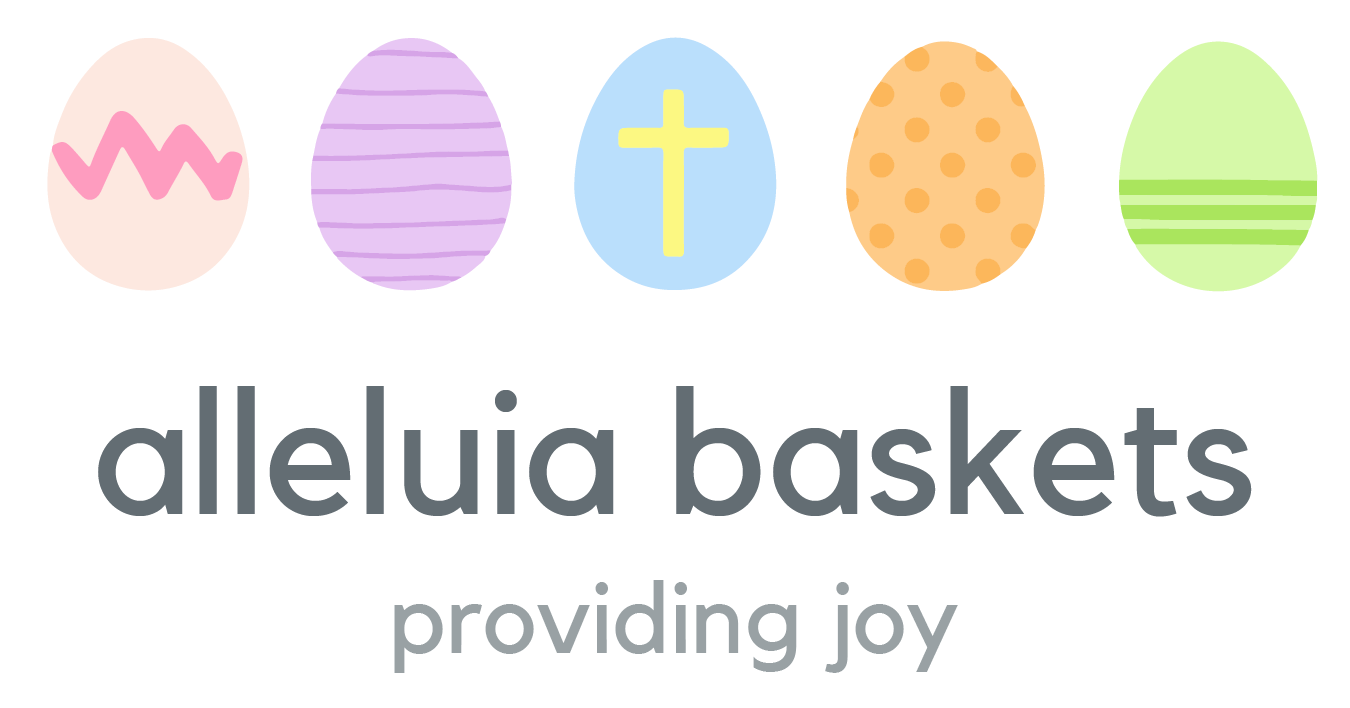The Easter Basket and Its Christmas Equivalent: A Catholic Perspective
As we journey through the liturgical calendar, the Easter basket stands out as a beloved tradition for many families. Filled with treats, symbolic items, and small tokens of celebration, the Easter basket represents more than just festivity; it is a symbol of the joy of the Resurrection. But as we move toward the Christmas season, we might wonder: what is the Christmas equivalent of the Easter basket in our Catholic traditions?
Though not identical in form, the Christmas stocking bears a similar role, echoing the spirit of giving, joy, and faith that we celebrate during Easter. Both traditions—Easter baskets and Christmas stockings—remind us of the importance of gifts, symbols, and the deeper meanings behind our celebrations.
In Catholic families, the Easter basket carries profound spiritual symbolism. Traditionally filled with items like eggs, chocolates, and small gifts, these baskets often include foods that reflect new life and resurrection, echoing the victory of Christ over death. The Easter egg itself is a powerful symbol of the tomb that bursts open with the new life of Jesus, making each basket a reminder of the life we are given through Christ’s sacrifice and Resurrection.
For many families, preparing the Easter basket can be a time to talk about the meaning of Easter, to reflect on Lent, and to bring the significance of Holy Week into their homes. It's not just a time to indulge in sweets but a chance to remember that Easter marks the cornerstone of our faith—the Resurrection of our Savior.
At Christmas, we also experience the joy of giving, particularly in the tradition of the Christmas stocking. Much like the Easter basket, the stocking is filled with small gifts and treats, often for children, representing the spirit of generosity and love that marks the birth of Jesus Christ.
Though secular traditions have sometimes distanced the stocking from its religious roots, it can easily be connected back to the example of St. Nicholas, the bishop who inspired the figure of Santa Claus. St. Nicholas is remembered for his acts of charity and generosity, offering gifts to those in need and quietly embodying Christ’s call to love our neighbors.
As Catholics, hanging stockings can be a way to remember the gifts we’ve received through Christ’s birth—the gift of salvation, the gift of His love, and the gift of family. By filling stockings with thoughtful items, we can echo the joy of the wise men bringing gifts to the newborn King. Small as they may be, these gestures become reminders of the greater gift that is Christmas itself.
Whether at Easter or Christmas, these traditions—Easter baskets and Christmas stockings—offer families a chance to bring faith into their celebrations. While it’s easy to get swept up in the commercial aspects of holidays, incorporating prayer, Scripture, and acts of kindness into these customs helps to refocus their meaning.
For example, when preparing Easter baskets, families might include a small crucifix or prayer card as a reminder of Christ’s Resurrection. Similarly, in Christmas stockings, a small nativity ornament or a simple prayer book could be a beautiful way to integrate faith into the joyful exchange of gifts.
Both Easter baskets and Christmas stockings also capture the anticipation that is so central to our liturgical seasons. Lent is a time of preparation, leading us toward the joy of Easter, while Advent is a time of hopeful waiting for the birth of Christ at Christmas. In both cases, the anticipation of joy—whether it’s an Easter basket filled with treats after a season of fasting, or a Christmas stocking opened with excitement on Christmas morning—mirrors the anticipation of the ultimate joy we find in Christ.
As Catholic families, we are blessed with rich traditions that allow us to experience the joy of Christ’s love in tangible ways. The Easter basket and the Christmas stocking may be different in form, but both serve as meaningful expressions of our faith, joy, and love. By bringing these symbols into our homes, we remind ourselves—and teach our children—that these celebrations are not just about receiving material gifts, but about receiving and sharing the greatest gift of all: God’s love for us through Jesus Christ. In this way, the Easter basket and the Christmas stocking become more than just holiday traditions—they become symbols of the seasons of hope, joy, and generosity that Christ calls us to live every day.

